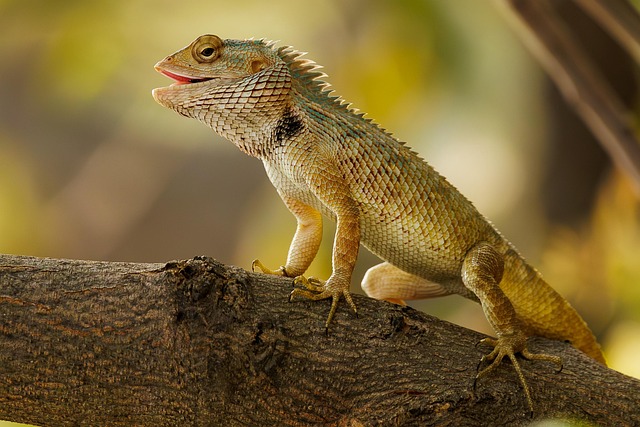
How Reptiles’ Body Shape Shapes Their Survival in Nature
In the vast and intricate tapestry of nature, reptiles stand out for their diverse body shapes, which play a crucial role in their survival. From the long, slender form of a snake to the robust, armored shell of a tortoise, the body shape of these creatures is not merely an aesthetic feature; it is a reflection of their adaptations to the environment they inhabit.
Consider the agile gecko, with its flat body and specialized toe pads. These unique physical traits allow it to scurry up walls and navigate through trees effortlessly. This shape not only aids in escaping predators but also helps in hunting insects, showcasing how body shape influences the reptile’s ecological niche. In contrast, the stout body of a chameleon, combined with its incredible color-changing abilities, serves multiple functions, from camouflage to temperature regulation. This adaptability contributes significantly to its survival in the wild.
Moreover, the elongated body of certain snakes enables them to excel in a variety of environments, whether it be slithering gracefully through tall grass or swimming through water with ease. Their streamlined shape minimizes resistance, making them efficient hunters. The modifications in body shape are evolutionary responses to environmental pressures, highlighting the relationship between form and function in the animal kingdom.
In addition to hunting and evading predators, body shape can impact reproductive success in reptiles. For example, male lizards often develop notable physical characteristics, such as bright coloration or larger body size, to attract females. These traits can be a direct result of evolutionary pressures where the male’s body shape becomes a deciding factor for mating success.
The world of reptiles illustrates a compelling narrative of survival intricately tied to their body shapes. Each species embodies an unique adaptation to its environment, showcasing nature’s incredible creativity and the endless possibilities of evolution. Whether it’s the sleekness of a snake or the ruggedness of a tortoise, these adaptations remind us of the delicate balance of life and the role body shape plays in the grand scheme of nature.



